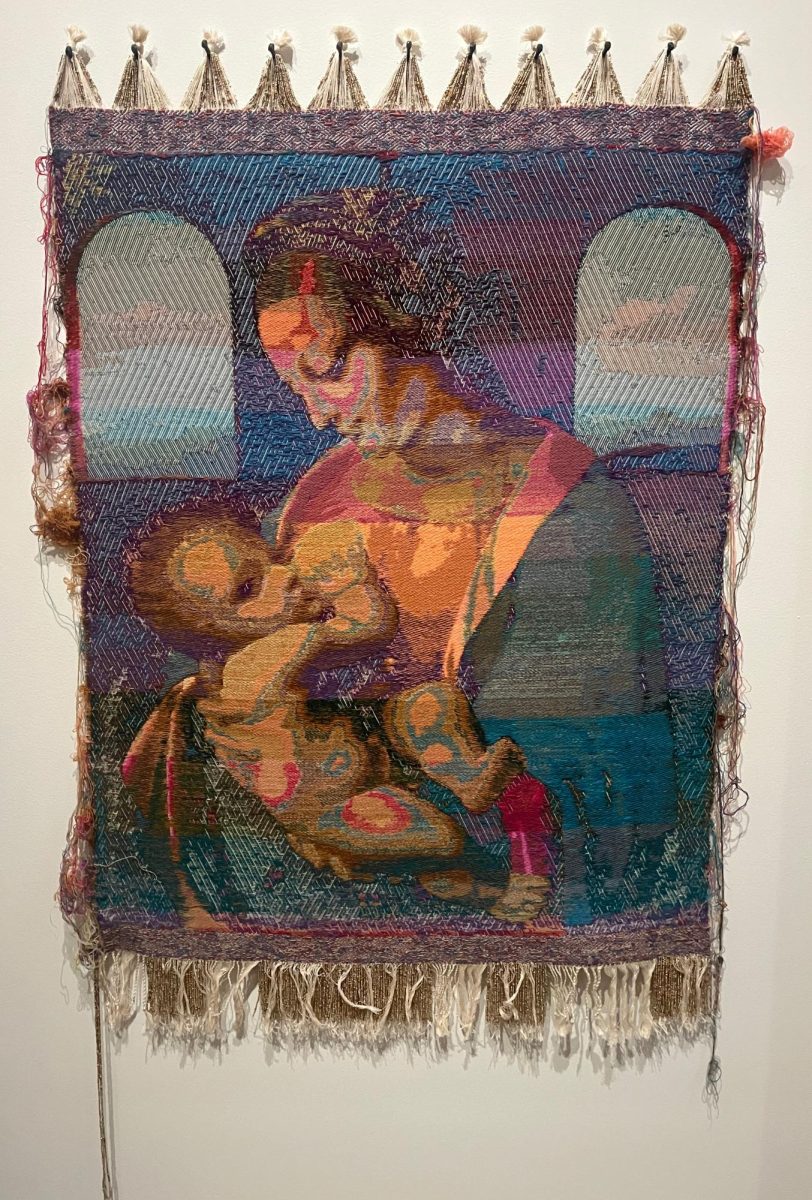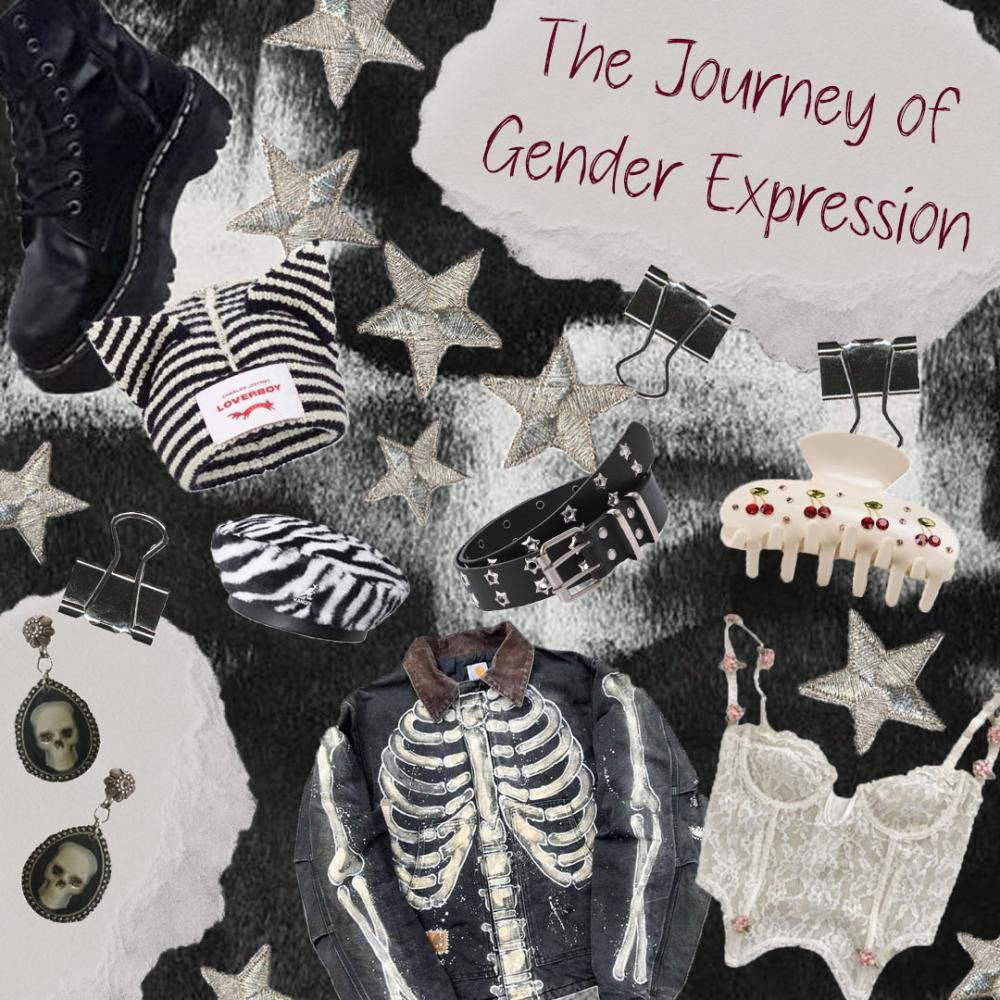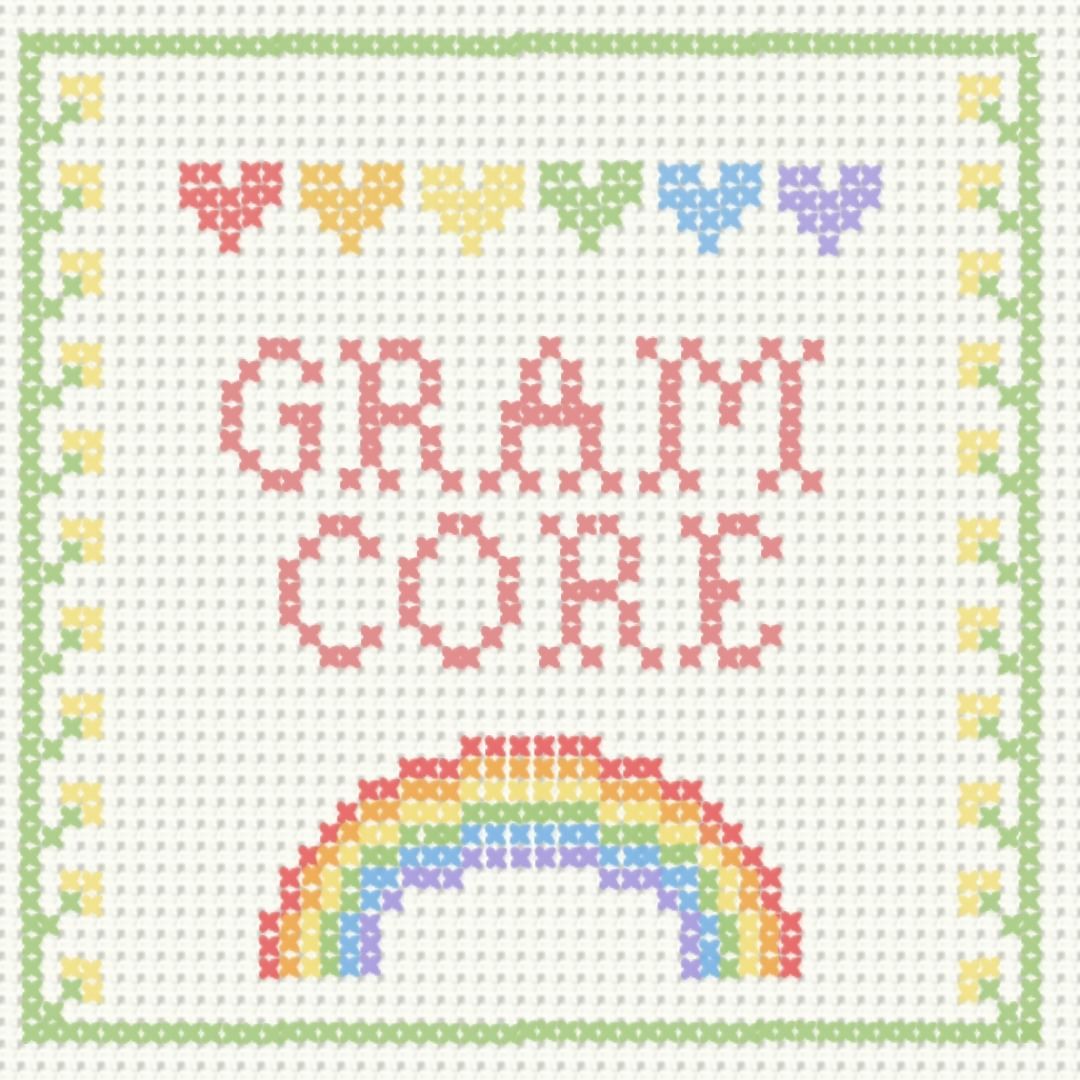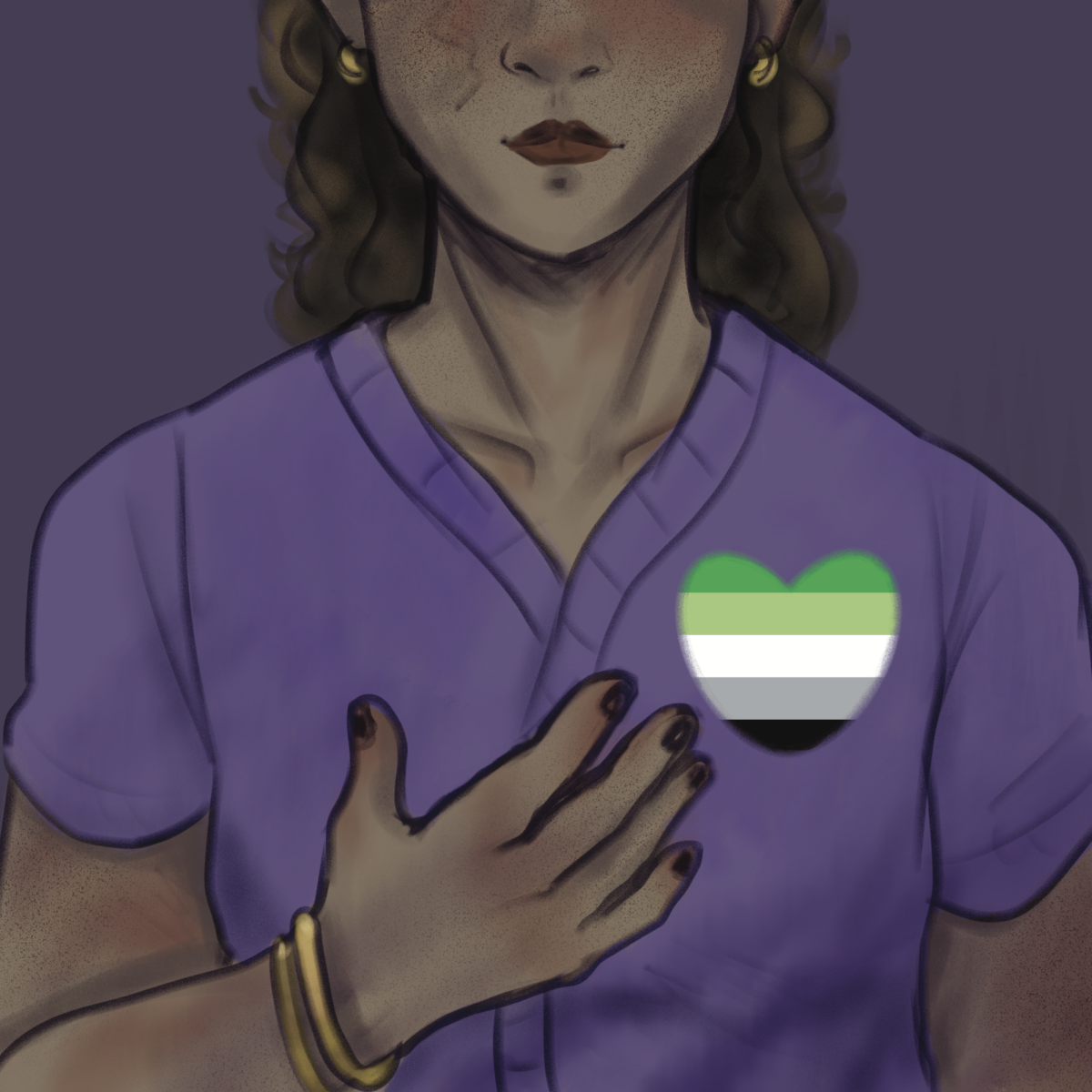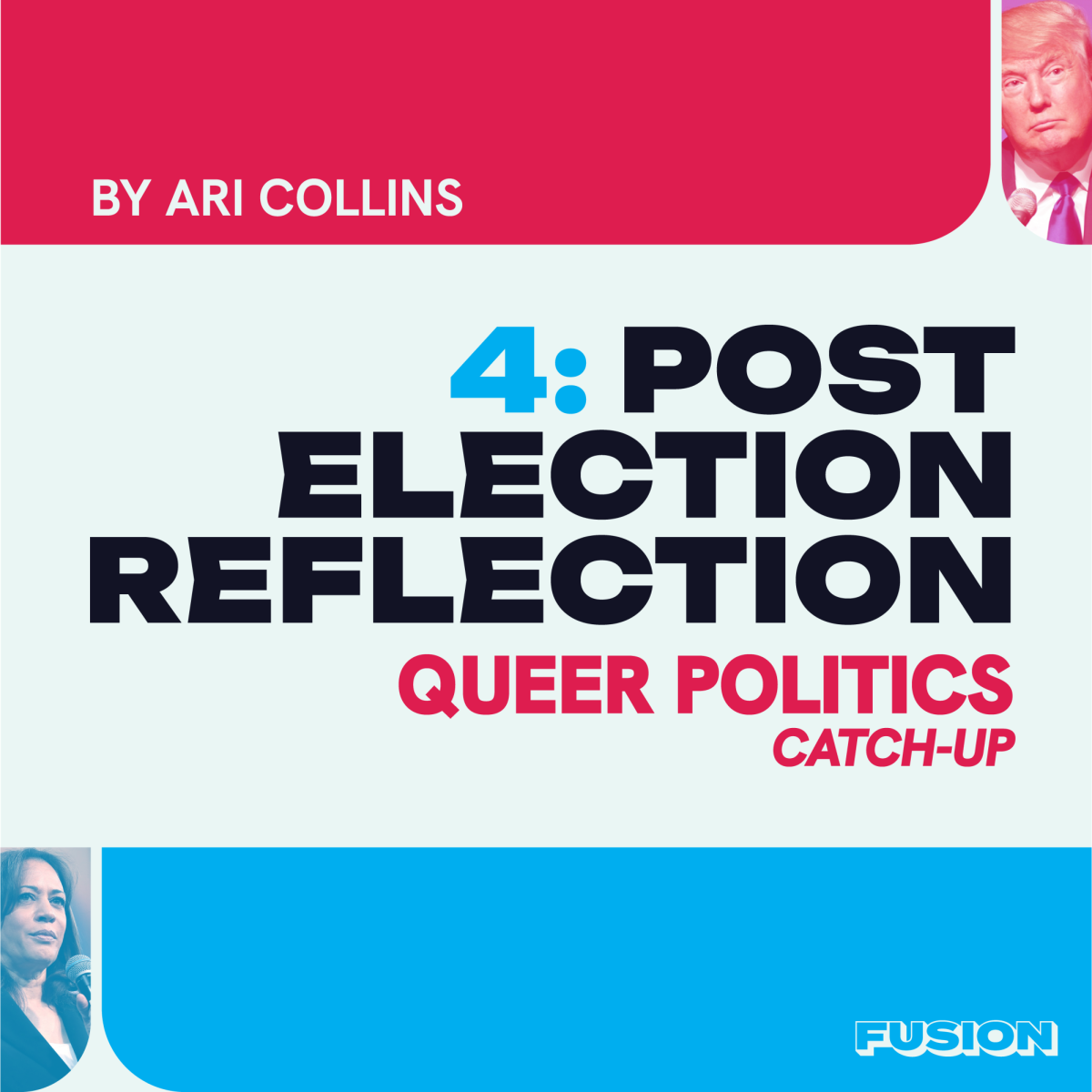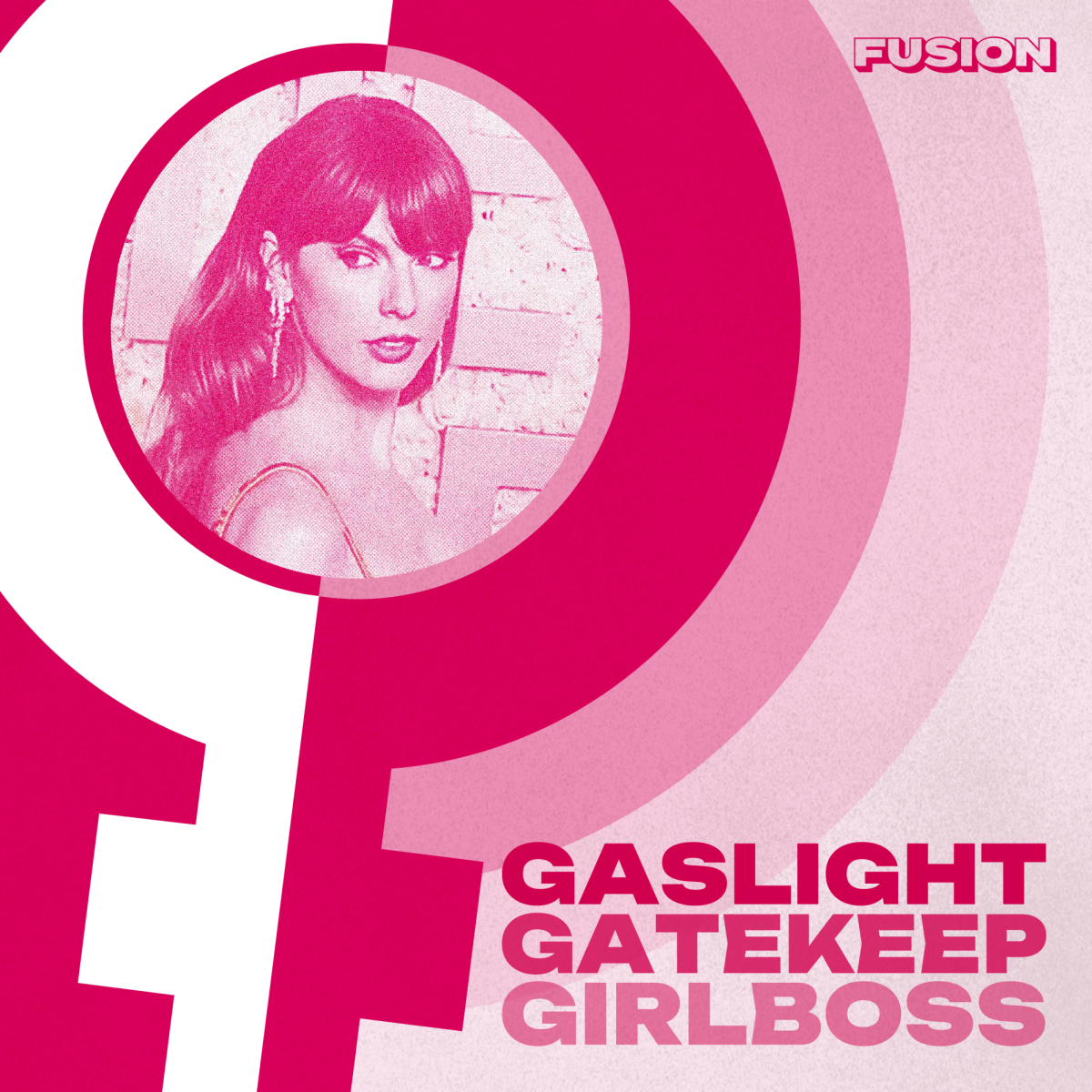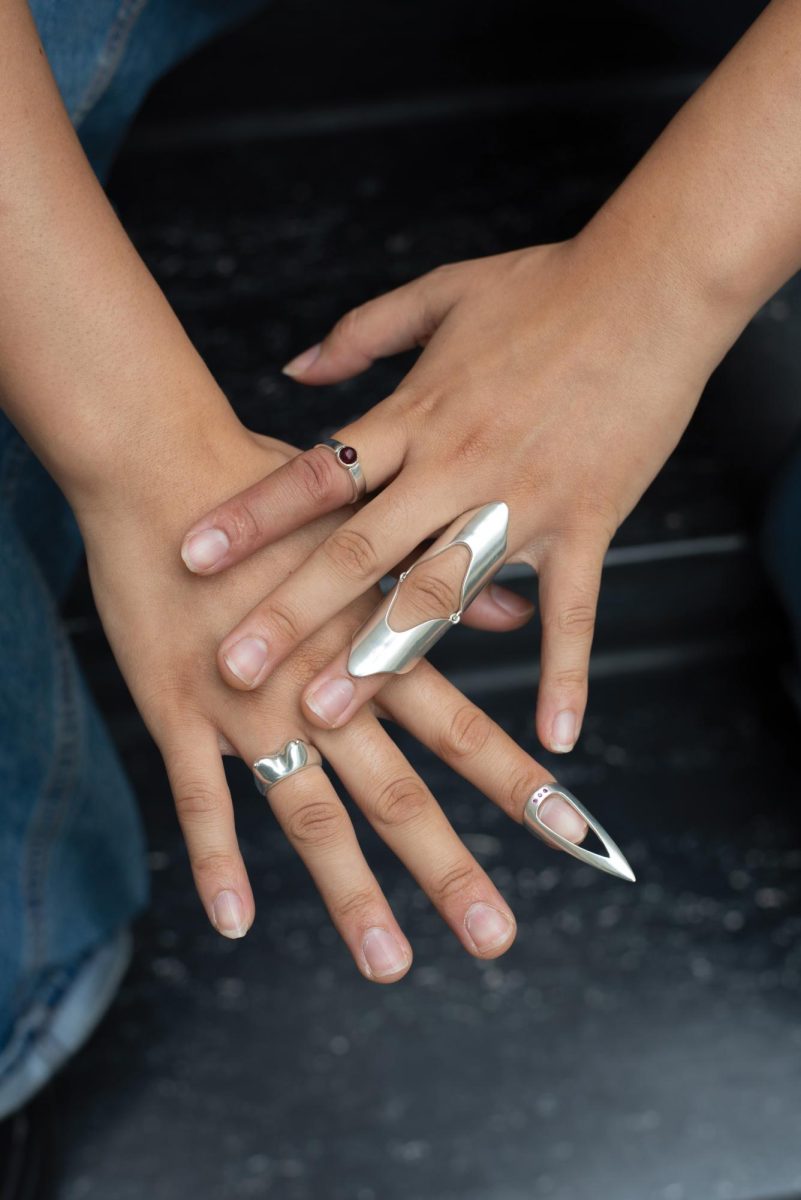The Women’s March is known for two things; A lot of creative signs and the pussyhat.
The hats became controversial. To some women, they fed into the idea that women are only useful as sex objects. They also reinforced the idea that the essence of womanhood is anatomical, something that excludes trans women and should make feminists uncomfortable. In fact, some of the organizers of the Women’s March won’t be wearing them this year because they worry they’re not inclusive.
Overall, the Women’s March was inclusive, at least at the national level. Last year’s march included a handful of trans speakers, the movement’s website explicitly supports trans women in the feminist movement, and time was taken to mourn the deaths of trans individuals who’d been killed.
So why the hats?
The idea for the hats came from a pair of Los Angeles activists in late 2016. They wanted to make a statement, and decided that a strong show of solidarity would be useful. The color pink was associated with femininity, as the website now explains, and the hats were meant to look like “a sea of pink” on Washington DC in particular.
They’re called pussyhats because in the leaked Access Hollywood tapes, Donald Trump referenced sexually assaulting women, saying that he would “grab them by the pussy.” The hats originally weren’t meant in the way they’re being interpreted.
The hats were never meant to be exclusionary or offensive. They’re a by-product of a culture that only considers trans people when they’re brought to our attention directly. It’s not that most women in the feminist movement aren’t willing to include trans women in our discussions and our actions; it’s just that we don’t tend to notice that they’re missing if we don’t. If we want to really make progress against patriarchal culture and heteronormative society, we need to check to make sure everyone gets a place at the discussion table.
So, back to the hats. They’re already a defining symbol of the feminist movement at this point in time. Millions of women and men already have them. Should we really just ditch them after a single year? Is there a way we can make them more representative of women as a whole?
The original creators of the Pussyhat Project are already asking that question. They have contact information listed on their website, along with a brief history and a deeper explanation of the criticisms of the hats that goes into race as well as anatomy and the empowerment of people with disabilities that would prevent them from marching.





